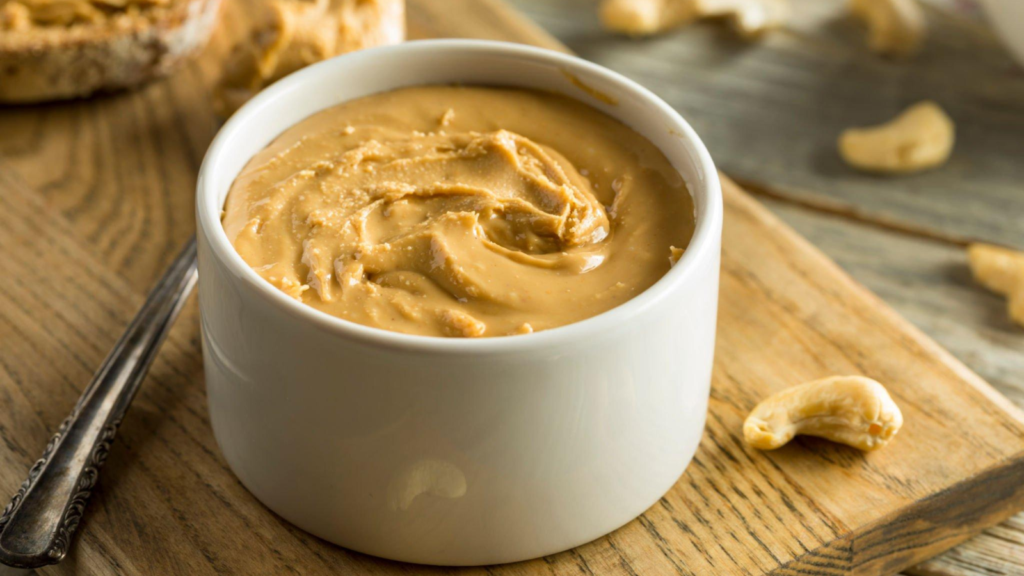Durum wheat, scientifically known as Triticum durum, is a unique variety of wheat that is primarily used to produce semolina, which is a key ingredient in many pasta products. Its hard texture and high protein content make it distinct from other wheat varieties, particularly common bread wheat. As awareness of health and nutrition increases, many people are asking, “Is durum wheat healthy?” This blog post will explore the nutritional profile, health benefits, and potential downsides of durum wheat, providing a comprehensive overview for those considering incorporating it into their diets.
Understanding Durum Wheat
Durum wheat is a tetraploid species of wheat and is the second most cultivated wheat variety globally, following common wheat. It is characterized by its hard grain, which is more resistant to milling than softer wheat varieties. This hardness contributes to the unique qualities of durum wheat flour, particularly semolina, which is used extensively in pasta production. The grain’s high protein content and gluten strength make it ideal for creating the firm texture desired in pasta and other products like couscous and bulgur.
Nutritional Profile
A 100-gram serving of durum wheat contains:
- Calories: 339
- Protein: 13.7 grams
- Fat: 2.5 grams
- Carbohydrates: 72 grams
- Fiber: 3.5 grams
- Iron: 3.5 milligrams
- Calcium: 34 milligrams
- Magnesium: 144 milligrams
- Phosphorus: 508 milligrams.
This nutritional profile highlights the richness of durum wheat in protein and essential minerals, making it a valuable addition to a balanced diet.
Health Benefits of Durum Wheat
1. High in Protein
Durum wheat is notable for its high protein content, which is essential for building and repairing tissues in the body. With approximately 13.7 grams of protein per 100 grams, it provides a significant source of this macronutrient without the saturated fats found in animal products. This makes it an excellent choice for vegetarians and those looking to increase their protein intake through plant-based sources.
2. Rich in Dietary Fiber
The fiber content in durum wheat is beneficial for digestive health. A diet high in fiber can help regulate bowel movements, lower cholesterol levels, and reduce the risk of colorectal cancer. The fiber in durum wheat also aids in controlling blood sugar levels, making it a suitable option for individuals with diabetes. The low glycemic index (GI) of durum wheat pasta, which is around 47, indicates that it releases glucose more slowly into the bloodstream compared to regular wheat pasta, which has a GI of 68.
3. Source of Essential Nutrients
Durum wheat is rich in essential vitamins and minerals, particularly folate (folic acid), which is crucial during pregnancy for fetal development. It helps prevent neural tube defects and supports overall health. A serving of durum wheat can provide a substantial amount of the recommended daily intake of folate, making it an excellent choice for expectant mothers.
4. Contains Antioxidants
Durum wheat is a source of lutein, a carotenoid that is beneficial for eye health. Lutein may help prevent age-related macular degeneration and other vision-related issues. The presence of antioxidants in durum wheat can also combat oxidative stress in the body, contributing to overall health and well-being.
5. Supports Weight Management
With its low fat content and high protein and fiber levels, durum wheat can be a great addition to weight management diets. Foods made from durum wheat, such as pasta, can promote satiety, helping individuals feel full longer and potentially reducing overall calorie intake.
Comparing Durum Wheat to Other Wheat Varieties
Durum Wheat vs. Whole Wheat
While both durum wheat and whole wheat are nutritious, they differ in several aspects. Whole wheat retains the bran and germ, providing additional fiber and nutrients. In contrast, durum wheat is primarily used in refined forms like semolina, which may have lower fiber content. However, durum wheat has a higher protein content and is better suited for pasta production due to its elasticity and firmness.
Durum Wheat vs. Maida
Many people confuse durum wheat with maida, a refined flour made from common wheat. Maida is lower in nutrients and fiber compared to durum wheat and is often used in baked goods and snacks. The health benefits of durum wheat, particularly its higher protein and fiber content, make it a healthier option than maida.
Potential Downsides of Durum Wheat
Despite its numerous health benefits, there are some considerations to keep in mind when consuming durum wheat:
1. Gluten Content
Durum wheat contains gluten, which can be problematic for individuals with celiac disease or gluten intolerance. Those with these conditions should avoid durum wheat and opt for gluten-free alternatives.
2. Refined Products
Many products made from durum wheat, such as pasta, can be refined and may lack the fiber and nutrients found in whole grains. Opting for whole durum wheat products can help mitigate this issue and provide more health benefits.
3. Caloric Density
While durum wheat can be part of a healthy diet, it is still calorie-dense. Portion control is essential, especially for those monitoring their caloric intake for weight management.
How to Incorporate Durum Wheat into Your Diet
Incorporating durum wheat into your diet can be easy and delicious. Here are some ideas:
- Pasta Dishes: Use whole grain durum wheat pasta in salads, casseroles, or as a base for sauces.
- Couscous: Prepare couscous as a side dish or salad base, adding vegetables and proteins for a balanced meal.
- Bulgur: Use bulgur made from durum wheat in tabbouleh or as a grain bowl base.
- Homemade Bread: Experiment with baking bread using durum wheat flour for a unique flavor and texture.
Conclusion
In summary, durum wheat is a nutritious grain that offers several health benefits, including high protein and fiber content, essential vitamins and minerals, and a low glycemic index. While it is an excellent choice for many, individuals with gluten sensitivities should avoid it. By incorporating durum wheat into a balanced diet, one can enjoy its many advantages while savoring delicious meals. Whether through pasta, couscous, or other forms, durum wheat can be a healthy and versatile addition to your culinary repertoire.


